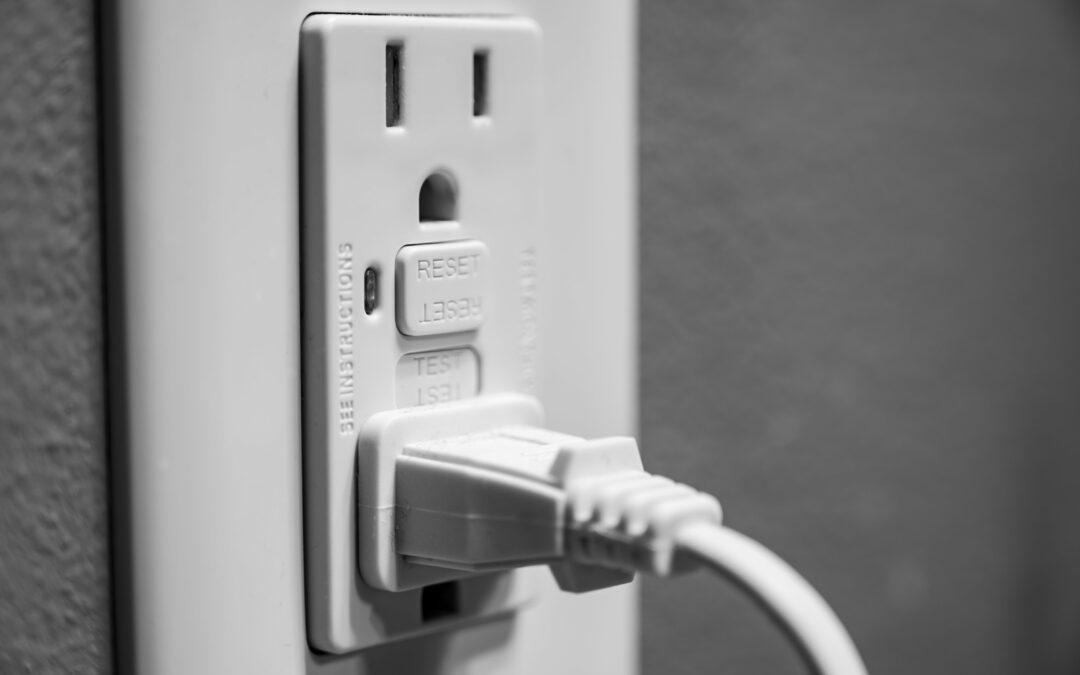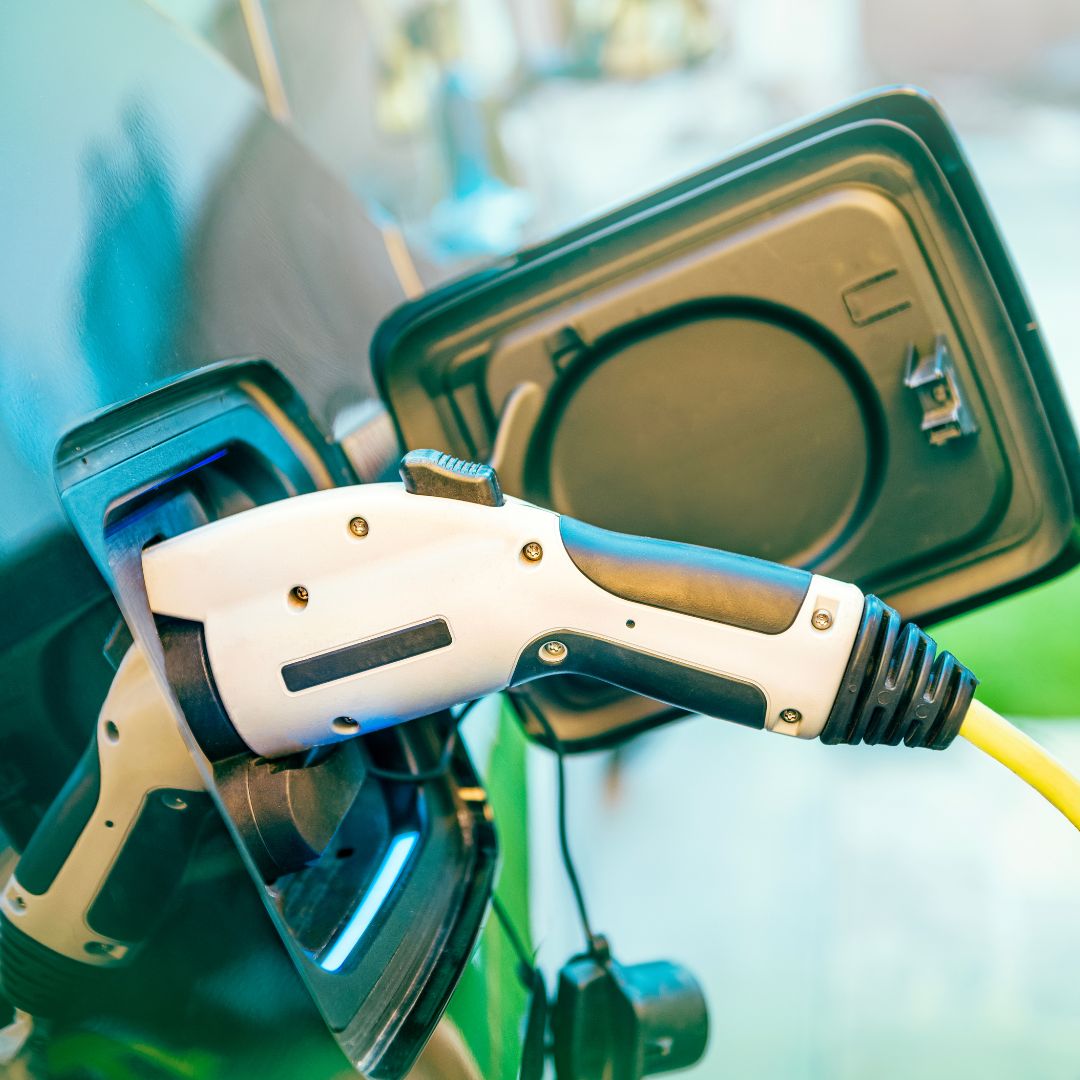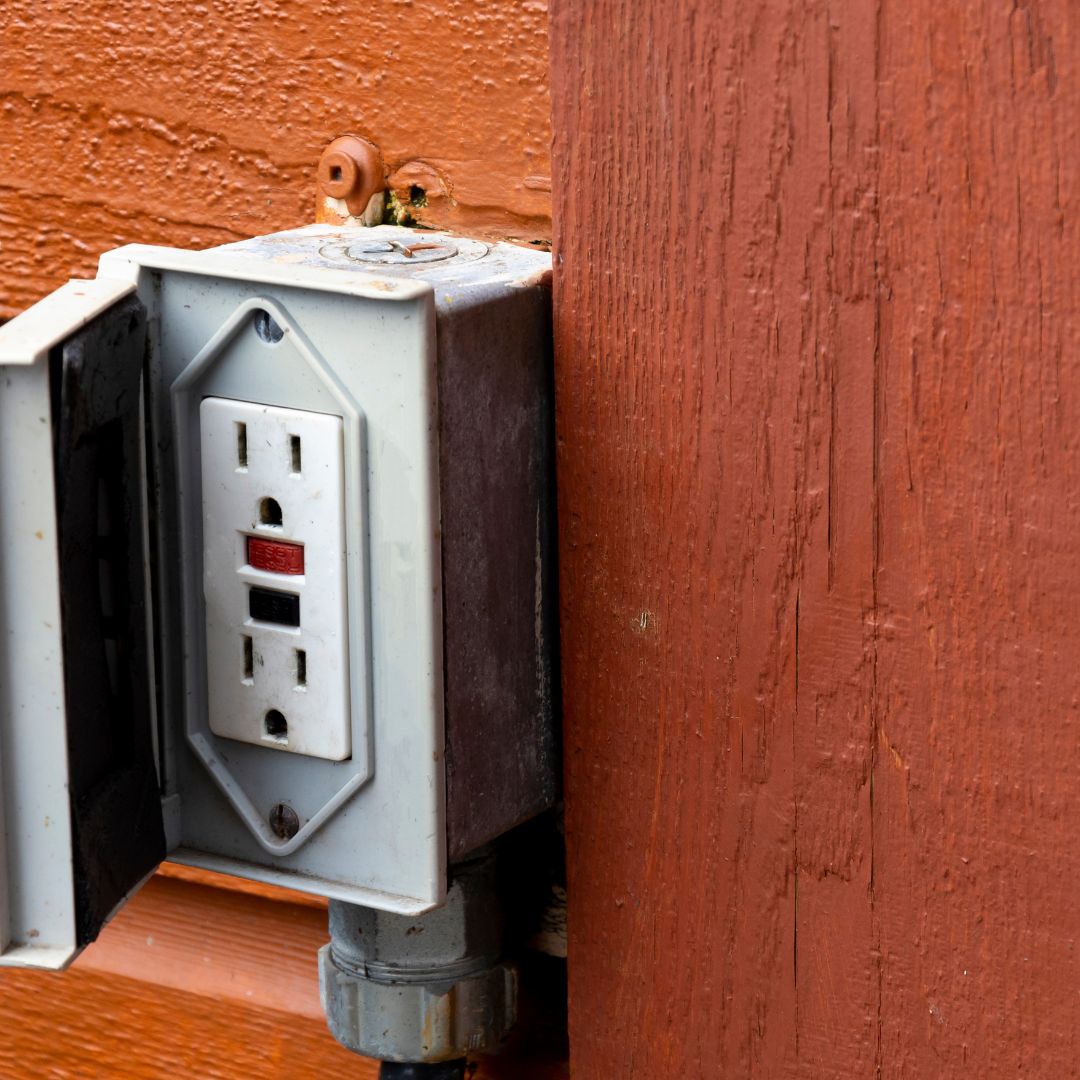A Ground Fault Circuit Interrupter (GFCI) outlet is designed to protect you from electrical shocks by cutting off power when it detects a fault. However, if your GFCI outlet keeps tripping, it can be frustrating and concerning. Understanding the reasons behind this issue and knowing how to fix it can ensure your home’s electrical safety.
Understanding GFCI Outlets
GFCI outlets are essential in areas where water and electricity are in close proximity, such as bathrooms, kitchens, and outdoor spaces. They monitor the flow of electricity and shut off power if an imbalance is detected, preventing potential electrocution.
Common Reasons for GFCI Outlets Tripping
-
Ground Faults: The most common reason for a GFCI outlet to trip is a ground fault. This occurs when electrical current escapes its intended path and takes a shortcut to the ground.
-
Overloaded Circuit: If too many appliances are plugged into the same circuit, it can cause the GFCI outlet to trip. Each GFCI outlet has a specific load capacity.
-
Faulty Appliances: Sometimes, the problem lies within the appliances themselves. Damaged or malfunctioning appliances can cause the GFCI outlet to trip.
-
Wiring Issues: Incorrect or damaged wiring can also trigger the GFCI outlet. Loose connections, damaged insulation, or old wiring are potential culprits.
-
Moisture: GFCI outlets are particularly sensitive to moisture. Any presence of water or high humidity can cause the outlet to trip.
Troubleshooting and Fixing the Problem
If your GFCI outlet keeps tripping, follow these steps to identify and fix the problem:
-
Reset the Outlet: Press the reset button on the outlet. If it trips again immediately, there may be a serious issue.
-
Check for Ground Faults: Inspect the area for any visible signs of ground faults, such as exposed wires or damaged insulation.
-
Reduce Load: Unplug all appliances from the circuit and reset the outlet. Plug in each appliance one at a time to identify if any specific device is causing the trip.
-
Inspect Appliances: Test the appliances connected to the outlet. Faulty appliances should be repaired or replaced.
-
Examine the Wiring: Check for loose connections or damaged wiring. This might require the assistance of a professional electrician.
-
Address Moisture Issues: Ensure the outlet is dry. If it’s located in a high-moisture area, consider relocating it or improving ventilation.

When to Call an Electrician
While some issues can be resolved with basic troubleshooting, others may require professional intervention. Call an electrician if:
-
The outlet trips frequently, even after troubleshooting.
-
There are signs of electrical damage or faulty wiring.
-
You are uncomfortable performing electrical repairs yourself.
-
You need to replace or upgrade outdated electrical systems.
Preventive Measures
To prevent future tripping of your GFCI outlet, consider the following tips:
-
Regular Inspections: Conduct regular checks of your electrical system, especially in areas prone to moisture.
-
Proper Usage: Avoid overloading circuits and ensure that only compatible appliances are plugged into the outlet.
-
Quality Installation: Ensure that GFCI outlets are installed correctly and in suitable locations by a qualified electrician.
-
Moisture Control: Use moisture-resistant outlets in areas exposed to water and maintain a dry environment.
Powering Down
Understanding why your GFCI outlet keeps tripping and knowing how to address the issue can help maintain a safe and efficient electrical system in your home. While some problems can be solved with simple troubleshooting, don’t hesitate to seek professional help for more complex issues. By taking preventive measures and ensuring proper maintenance, you can avoid future disruptions and ensure the safety of your household.







